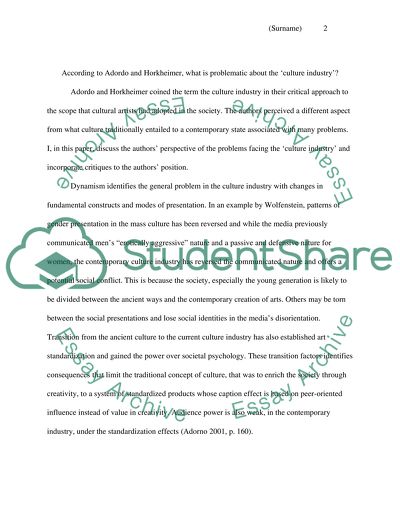Cite this document
(“Culture industryaccording to Adordo and Horkheimer Essay”, n.d.)
Culture industryaccording to Adordo and Horkheimer Essay. Retrieved from https://studentshare.org/sociology/1483377-culture-industryaccording-to-adordo-and-horkheimer
Culture industryaccording to Adordo and Horkheimer Essay. Retrieved from https://studentshare.org/sociology/1483377-culture-industryaccording-to-adordo-and-horkheimer
(Culture Industryaccording to Adordo and Horkheimer Essay)
Culture Industryaccording to Adordo and Horkheimer Essay. https://studentshare.org/sociology/1483377-culture-industryaccording-to-adordo-and-horkheimer.
Culture Industryaccording to Adordo and Horkheimer Essay. https://studentshare.org/sociology/1483377-culture-industryaccording-to-adordo-and-horkheimer.
“Culture Industryaccording to Adordo and Horkheimer Essay”, n.d. https://studentshare.org/sociology/1483377-culture-industryaccording-to-adordo-and-horkheimer.


